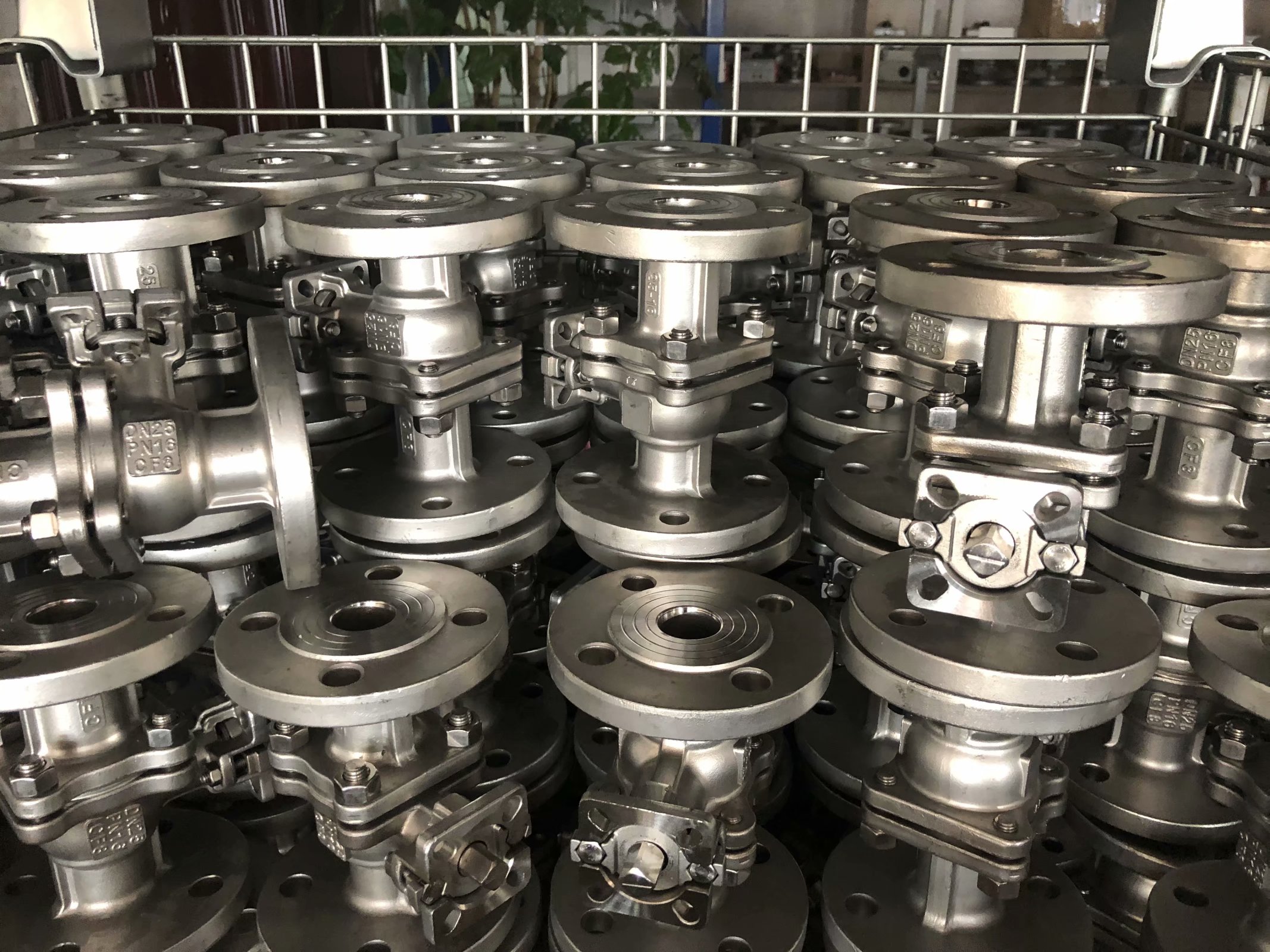Understanding the Functionality and Applications of Inline Ball Valves
Understanding Inline Ball Valves A Comprehensive Overview
Inline ball valves are crucial components in various industrial applications, renowned for their simplicity, reliability, and excellent flow control capabilities. These valves are commonly used in plumbing, chemical processing, oil and gas, and numerous other fluid handling systems. Their design allows for quick opening and closing, making them ideal for on-off control over fluids in both liquid and gas form.
Design and Functionality
Inline ball valves consist of a spherical disc, known as the ball, which has a hole or port through its center. When the valve is opened, the ball is rotated 90 degrees, allowing fluid to flow freely through the valve. Conversely, turning the valve back to its closed position rotates the ball so that the hole is perpendicular to the flow, effectively sealing it off. This straightforward mechanism results in less turbulence and pressure drop compared to other types of valves, enhancing overall system efficiency.
One of the key advantages of inline ball valves is their ease of operation. They can be opened and closed quickly with just a quarter turn of the handle, making them suitable for applications requiring frequent maintenance or adjustment. This rapid actuation is not only user-friendly but also reduces the likelihood of leaks, as the sealing surfaces are under minimal stress when fully open or closed.
Material and Construction
Inline ball valves can be constructed from a variety of materials, including brass, stainless steel, and PVC, depending on the application's specific requirements. Stainless steel valves, for example, are commonly used in corrosive environments due to their durability and resistance to rust and chemical wear. Conversely, PVC valves are favored in applications involving acidic or caustic substances since they do not corrode easily.
inline ball valves

The choice of material also affects the valve's temperature and pressure ratings, making it critical for engineers to select the right valve for their specific operating conditions. High-quality inline ball valves typically feature reinforced seats and seals, contributing to their longevity and reliability in demanding environments.
Applications
The versatility of inline ball valves makes them suitable for a wide range of applications. In residential plumbing, they are often installed in water supply lines, allowing homeowners to shut off water flow quickly in case of an emergency. In industrial settings, these valves are extensively used for controlling flow in chemical processes, where precise flow management is vital for achieving desired reaction conditions.
Moreover, inline ball valves are employed in HVAC applications, where they assist in regulating the flow of heating and cooling fluids. Their ability to provide a tight seal ensures energy efficiency, which is increasingly important in modern building management systems.
Conclusion
In conclusion, inline ball valves are essential components that play a significant role in fluid control across various industries. Their simple yet effective design, ease of use, and versatility make them an ideal choice for applications ranging from residential plumbing to complex industrial systems. By understanding the functionalities and applications of inline ball valves, professionals can better appreciate their importance in maintaining efficient and reliable fluid management systems. Whether you're an engineer, a contractor, or a DIY enthusiast, recognizing the value of these valves is crucial as you navigate the intricate world of fluid dynamics.
-
The Key to Fluid Control: Exploring the Advantages of Ball Valves in Industrial SystemsNewsJul.09,2025
-
The Versatile World of 1, 2, and 3 Piece Ball ValvesNewsJul.09,2025
-
Stainless Steel Ball Valves: The Ideal Choice for Efficient Flow ControlNewsJul.09,2025
-
Optimizing Fluid Control with Ball Float ValvesNewsJul.09,2025
-
Manual Gate Valves: Essential for Control and EfficiencyNewsJul.09,2025
-
Everything You Need to Know About Butterfly ValvesNewsJul.09,2025
-
The Versatility of Wafer Type Butterfly ValvesNewsJul.08,2025




